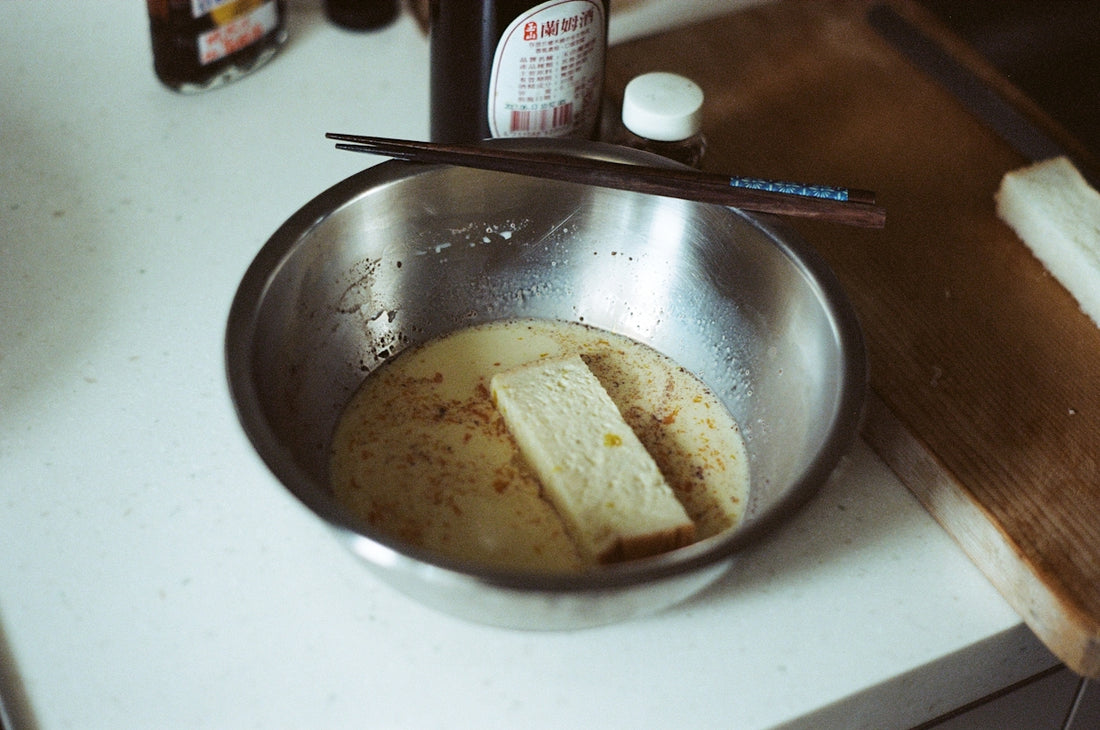
Sourdough Starter Feeding Schedule: Essentials for a Thriving Culture
Welcome to the fascinating world of homemade sourdough! If you’ve ever wanted to master sourdough bread recipe or immerse yourself in sourdough fermentation, you’re in the right place. This post will guide you through the essentials of maintaining a healthy sourdough starter, understanding wild yeast fermentation, and even troubleshooting common issues. Whether you’re new to artisan bread baking or a seasoned baker looking to refine your sourdough life, we’ve got you covered.
Visit our website for more on sourdough
Understanding Sourdough Starters
A sourdough starter is a living culture formed by wild yeast and lactic acid bacteria in a mixture of flour and water. It’s the cornerstone of every sourdough bread recipe and is crucial for flavor and texture. Unlike commercial yeast, sourdough starter relies on wild yeast fermentation, offering a rich, tangy flavor profile that’s both nutritious and delicious.
Key Benefits of Sourdough Starters
- Flavor: The unique fermentation process creates distinctive flavors not found in commercially yeasted bread.
- Health: Sourdough is often easier to digest and has a lower glycemic index, making it a potential option for sourdough for diabetics. Additionally, the fermentation process breaks down gluten, aiding digestion.
- Versatility: Besides bread, the starter can be used in recipes for pancakes, waffles, and more, adding a delicious twist to your meals.
The Importance of a Sourdough Starter Feeding Schedule
Feeding your sourdough starter regularly with equal parts water and flour ensures the culture remains active and ready for baking. This feeding schedule is key to maintaining the health and vitality of your starter and ensures its readiness for baking.
How to Feed Your Sourdough Starter
- Weigh Your Starter: Remove your starter from the fridge and weigh it. Always discard half of your starter before feeding. This keeps the acidity balanced and maintains healthy yeast activity.
- Add Flour and Water: Add equal weights of flour and water. Mix until all the flour is incorporated with no dry spots.
- Fermentation Phase: Allow it to rest at room temperature until bubbly and doubled in size. This could take anywhere from 4 to 12 hours, depending on room temperature.
Frequency of Feeding
- Daily: If you bake daily or keep your starter at room temperature, feed it once every 24 hours.
- Weekly: If stored in the fridge, feed it at least once a week but remove it ahead of time before using it to regain its activity.
Storing Your Sourdough Starter
Ensure you know how to store sourdough starter correctly:
- Refrigeration: Keep it covered but not sealed (to let gasses escape), ensuring it doesn’t dry out.
- Freezing: For long-term storage, freeze the starter in an airtight container.
Sourdough Starter Troubleshooting
Common Issues and Solutions
- Inactive Starter: If your starter isn’t bubbling, try discarding more and feeding again, or increase the feeding frequency.
- Hooves on Top: A layer of hooch (liquid byproduct) usually signals that your starter is hungry. Stir it in or discard and feed more frequently.
- Too Sour: If the flavor becomes overly sour, adjust feeding times or increase the amount of flour in each feeding.
Baking with Your Sourdough Starter
Once you have a bubbly and strong starter, you’re ready to bake! Here’s a basic outline on how to bake sourdough bread:
- Prepare the Levain: Remove a portion of your starter to mix with fresh flour and water as per your sourdough bread recipe. Allow it to ferment.
- Mix: Combine your levain with flour, water, and salt. Knead until smooth.
- First Rise: Let the dough rise in a covered bowl until doubled.
- Shape: Learn how to shape sourdough bread by forming it into your desired shape — boule, batard, or baguette.
- Second Rise: Allow the final shaped dough to rise again.
- Score: Enhance your artisan bread baking with the best sourdough scoring techniques. Use a sharp tool like the Wooden Handle Bread Lame to slash the dough surface creatively.
- Bake: For a crispy crust, use a hot oven and tools like the 12 Inch Ceramic Pizza Stone or the Nonna Bella Enameled Cast Iron Dutch Oven.
Final Thoughts and Tips
Sourdough baking is as much an art as it is a science. It requires patience, practice, and a keen eye for detail. Here are some extra sourdough baking tips to refine your craft:
- Temperature Control: Consistent dough and environment temperature can significantly affect the fermentation and final product.
- Experimentation: Don’t be afraid to adjust hydration levels and try different flours for varied textures and flavors.
- Documentation: Keep notes each time you bake to track your progress and adjustments.
By maintaining a consistent sourdough starter feeding schedule and adhering to these practices, you’ll ensure a thriving culture and the best homemade breads.
Remember, every starter has its own personality, so learn to listen to your culture. Whether you’re troubleshooting issues or perfecting your scoring techniques, we hope these insights help you thrive in your sourdough journey.
